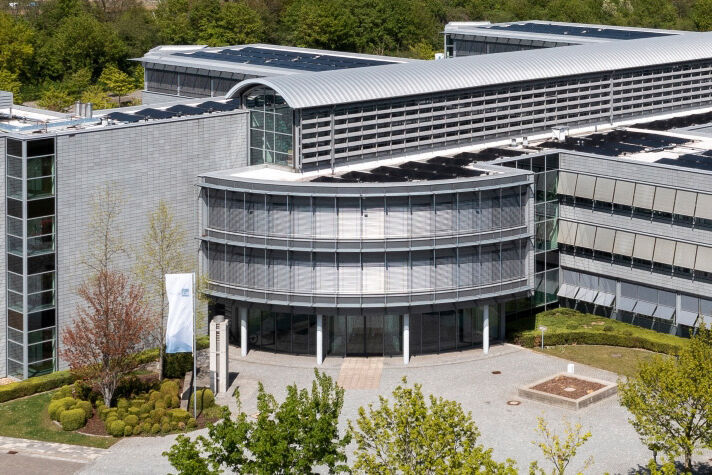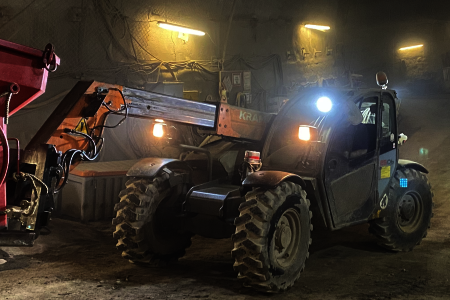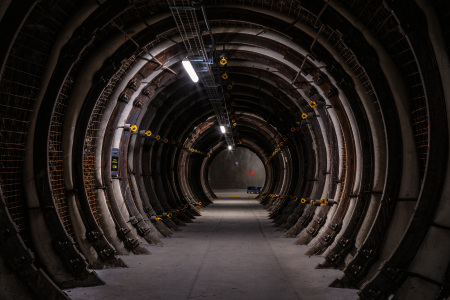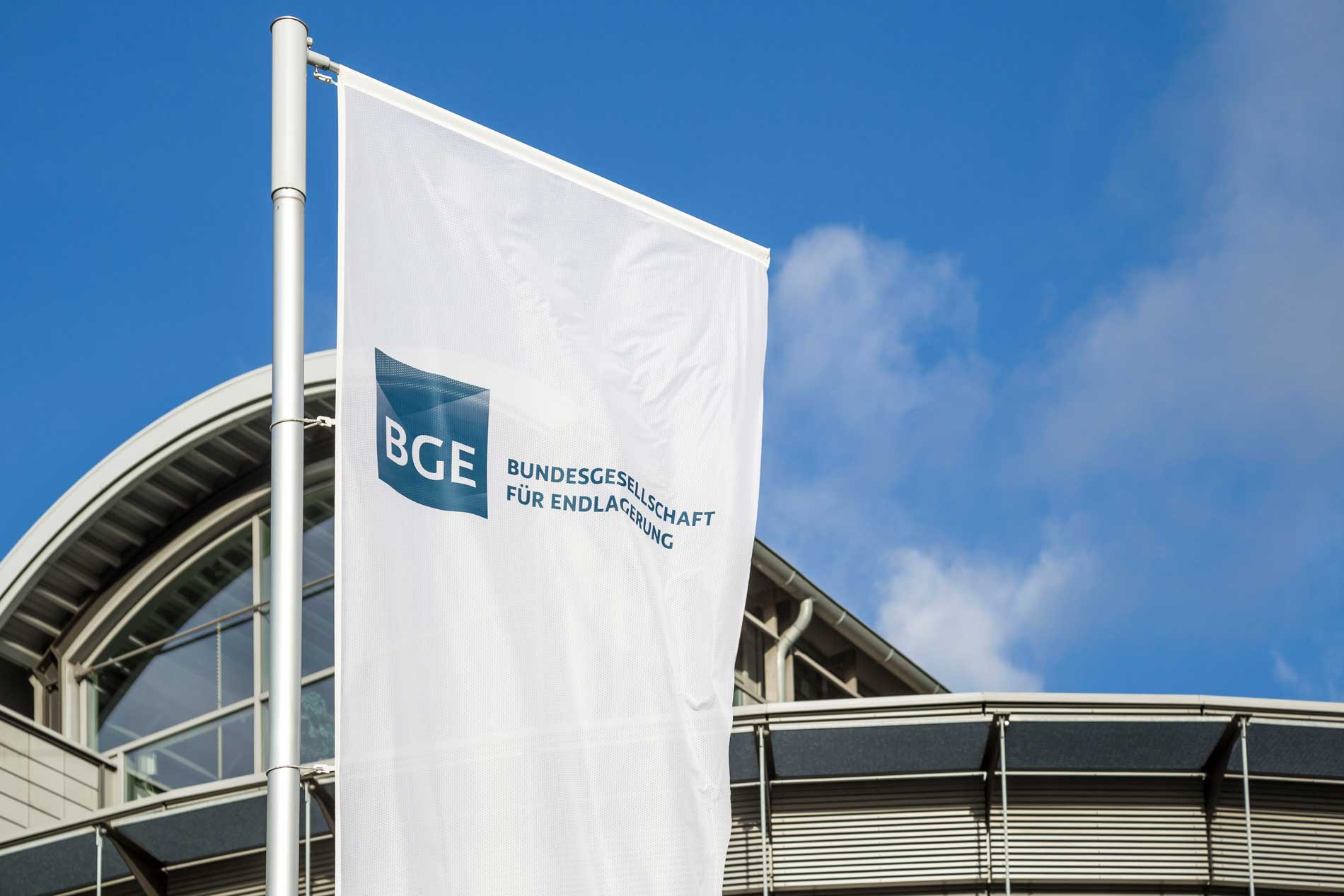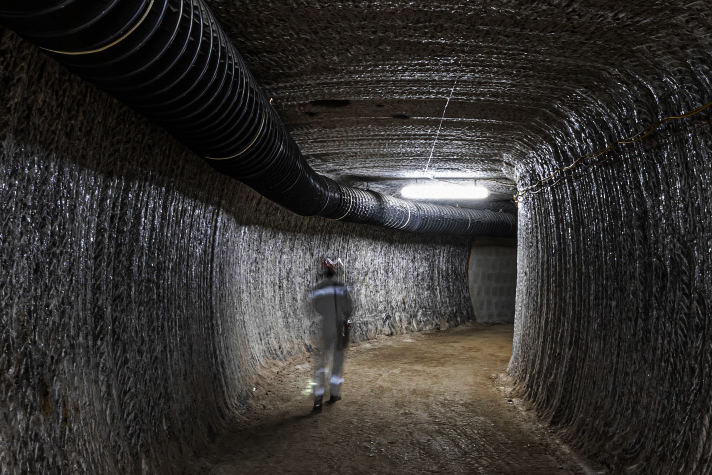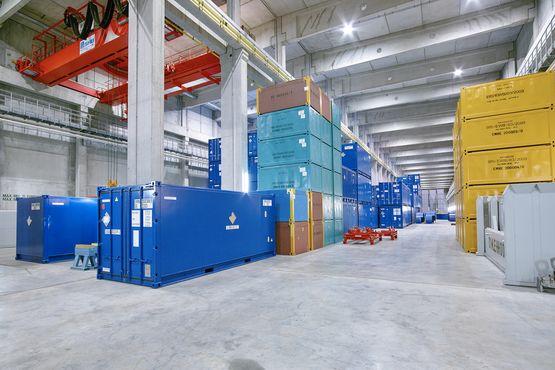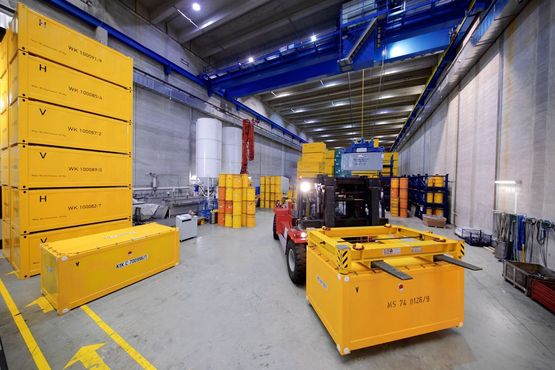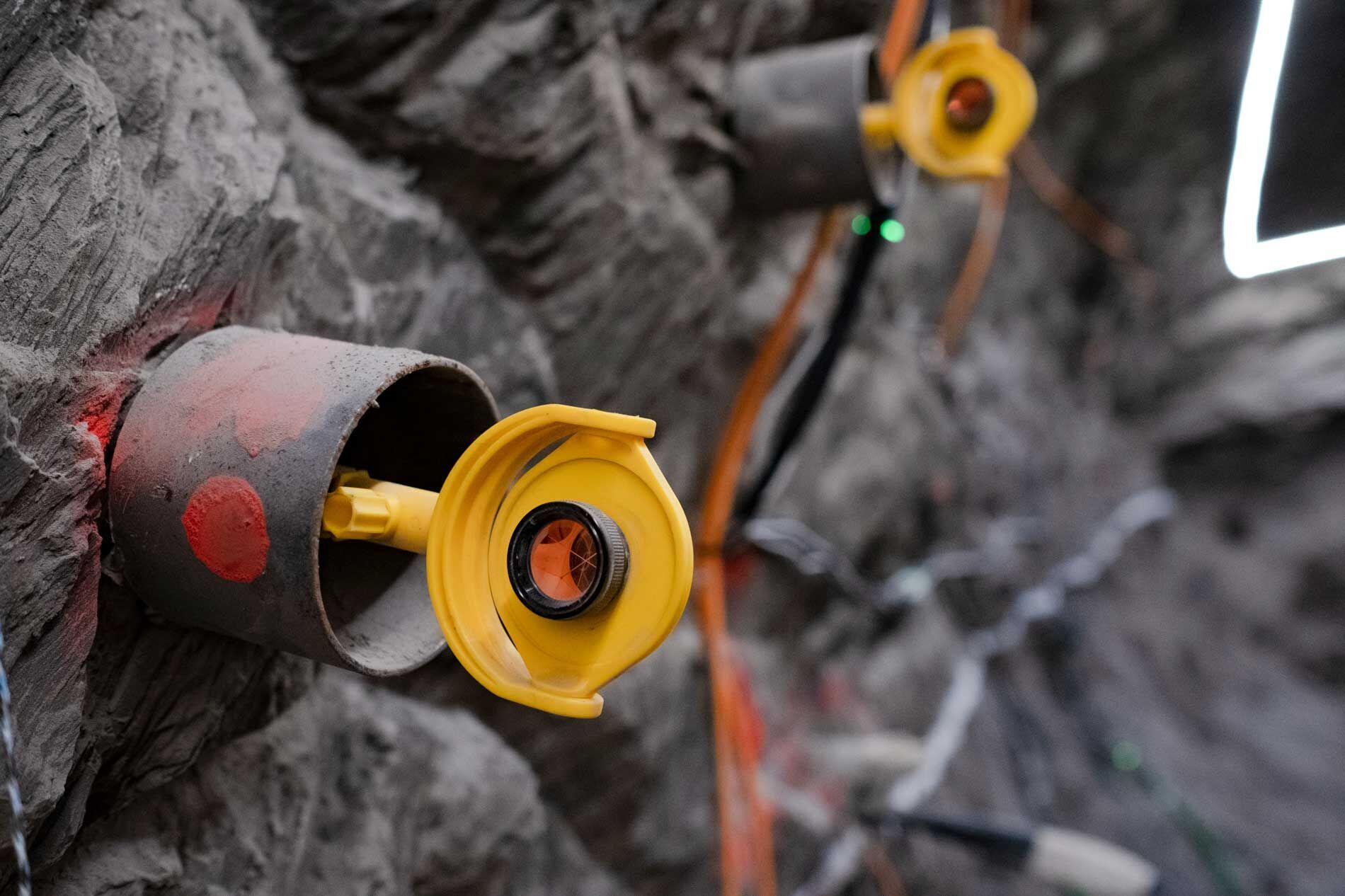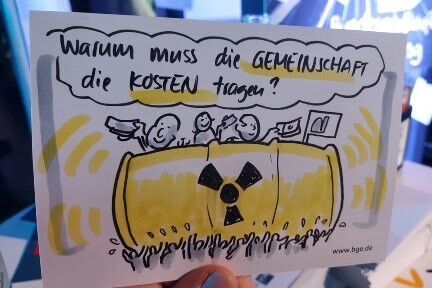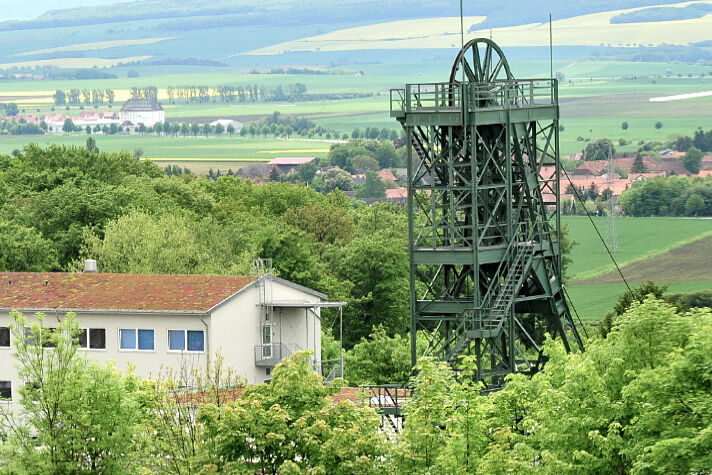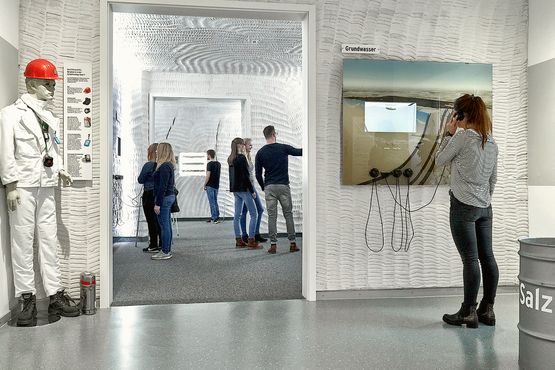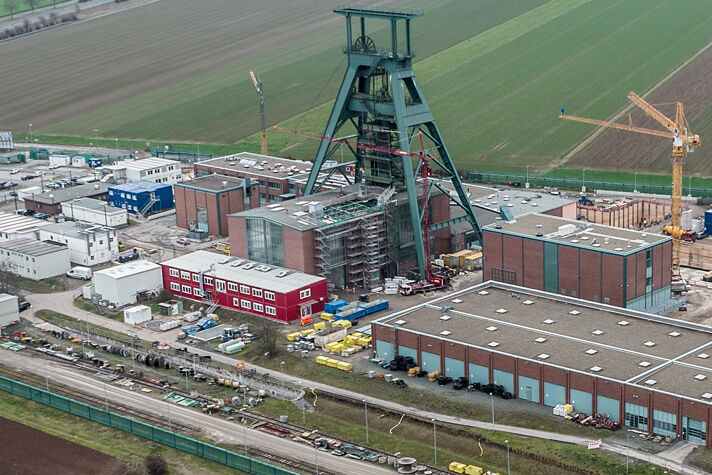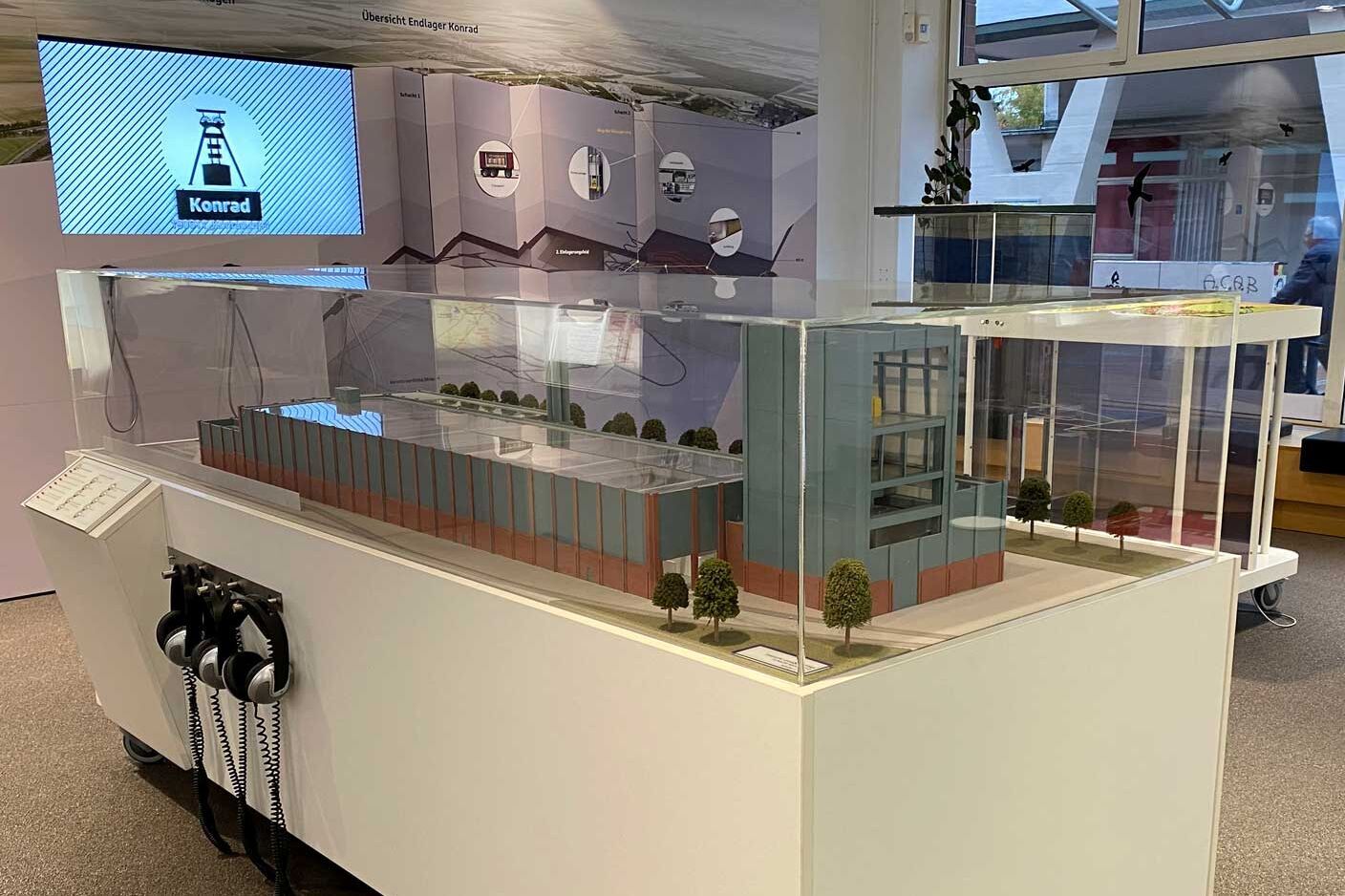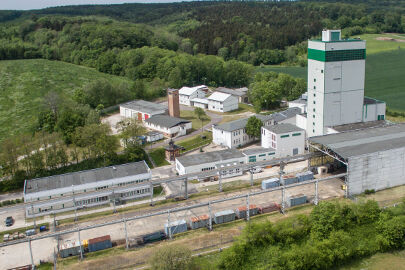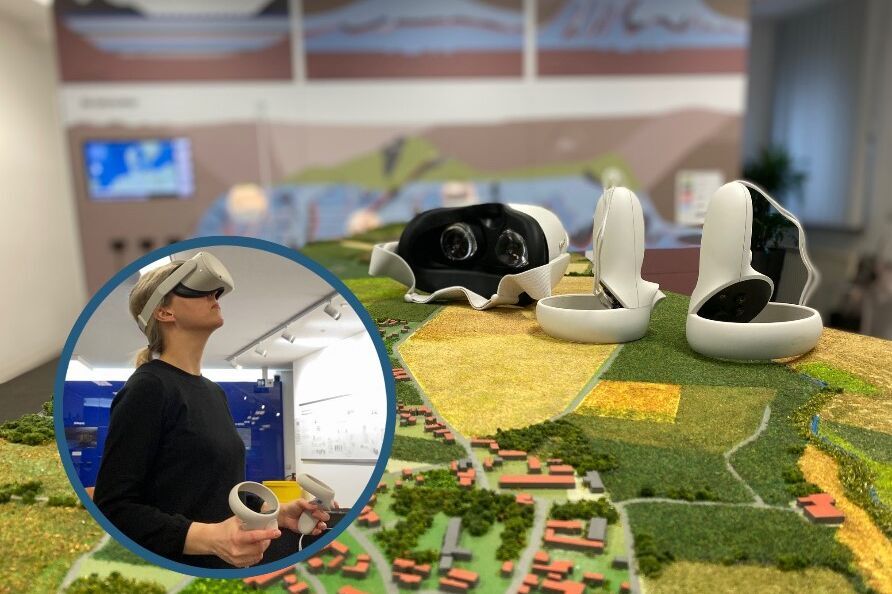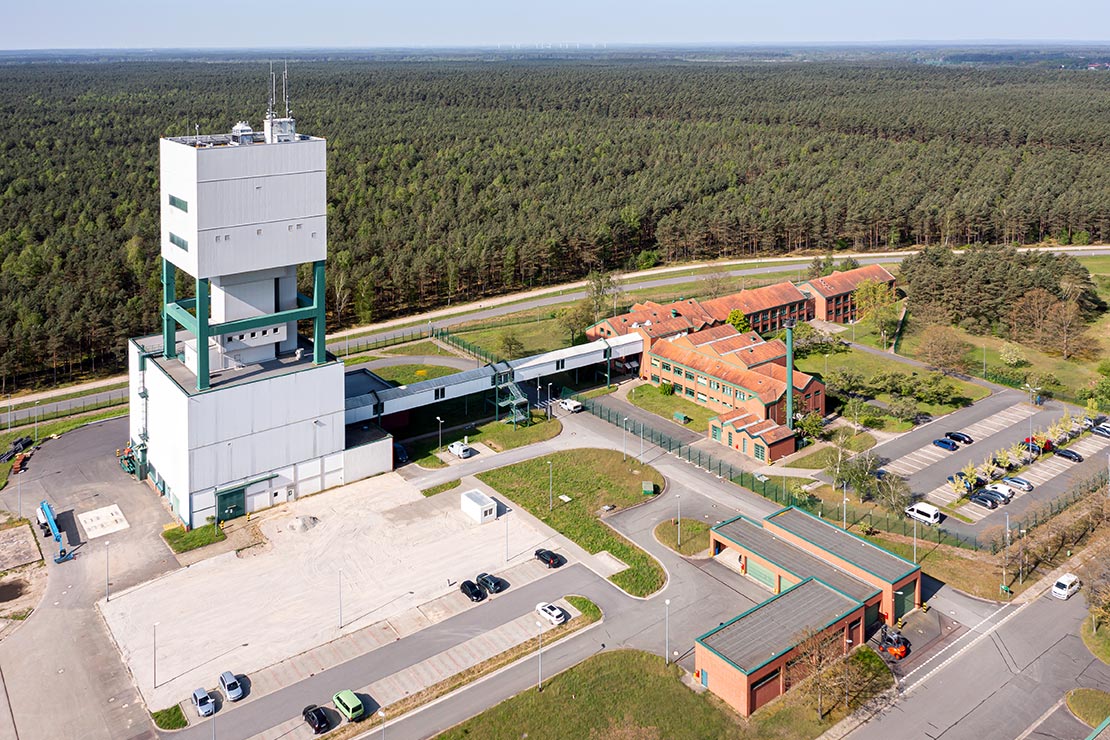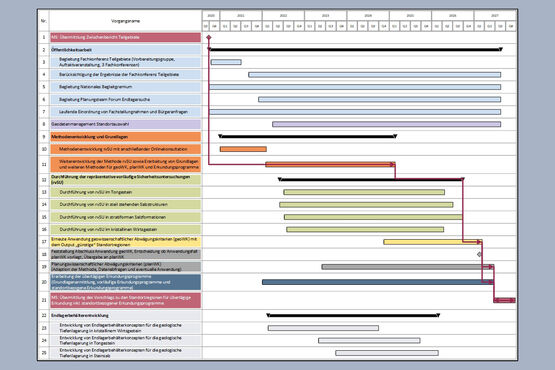In Step 2 of Phase I of the search for a repository for high-level radioactive waste in Germany, the task of the Bundesgesellschaft für Endlagerung (BGE) is to reduce 90 sub-areas to a small number of siting regions for surface exploration. By the second half of 2027, the BGE wants to have completed this work and to present its proposal for the siting regions to the relevant supervisory authority, the Federal Office for the Safety of Nuclear Waste Management (BASE). The BASE will then also convene “regional conferences” in the affected regions to allow participation in further steps.
After the BGE presented its methodological considerations for the first safety evaluations in spring, it has now used these as the basis for presenting a first general schedule leading up to the submission of the siting regions. This general schedule is backed up with specific steps from the BGE’s project management plan. A realistic estimate is therefore available of when the 90 sub-areas – 54% of the national territory – can expect greater clarity as to whether their region could still be considered as a possible site for a repository for highly radioactive nuclear waste. However, complete clarity will only be achieved when the BASE has reviewed the proposal for siting regions and the federal legislature has also reached a decision
.
With this general schedule based on siting regions, the BGE has also submitted an initial rough estimate of the time needed by the BGE for surface and underground exploration in Phases II and III.
“With this document, the BGE is submitting a basis for discussions regarding the time needed for the site selection procedure,” says Steffen Kanitz, who is responsible for site selection on the BGE Management Board. The Forum Endlagersuche planning team is planning a workshop on the topic on 13 January 2023. The workshop will be held virtually from 4:00 p.m. onwards.
With the submission of this general schedule and the first rough estimates of the time needed by the BGE’s work in Phases II and III, it is also clear that it will no longer be possible to achieve the objective of defining the siting region by 2031, as set out in the Repository Site Selection Act (StandAG). “This tight target helped the BGE to quickly find a competent team for site selection and build up structures,” says Stefan Studt, Chair of the BGE Management Board. “But it was always clear that the target was more than ambitious.”
Why is 2031 no longer achievable?
The 2031 target was set out back in 2013 in the first version of the Repository Site Selection Act – in the knowledge that there could be no project plan behind it. In its final report, the Repository Commission therefore also called for the BGE to submit a corresponding schedule based on its initial experiences in the repository search.
The BGE is complying with this request by submitting the general schedule for the determination of siting regions for surface exploration (section 14, StandAG), as well as initial estimates of the time needed for the BGE’s work in Phase II and Phase III (in accordance with sections 16 and 18, StandAG).
With a view to considering the timing of the overall site selection procedure, the BGE has drawn up two possible scenarios as examples and backed these up with corresponding assumptions regarding the time needed for revision by the BASE, the public participation that will take place in parallel, and decisions by the legislature at the end of each phase – although the BGE is only responsible for these parts of the search procedure as part of the collaboration and cannot have precise knowledge of the corresponding time requirements.
What happens now?
Once a year, beginning in 2024, the BGE will present an update on the progress of work on the representative preliminary safety analyses, which also serve as the basis for regional estimates. The BGE will seek to focus on the good areas as quickly as possible. With the continual publication of progress updates and possible favourable areas, affected areas will also have the opportunity to prepare themselves comprehensively before the regional conferences are convened.
It is important to bear in mind that good areas are not siting regions yet. They are what are known as “A areas”, which are to be the subject of further work. The siting regions proposed by the BGE in the second half of 2027 for surface exploration will not be definite until they have been reviewed and decided on by the federal legislature.
With a view to considering the timing of the entire site selection procedure and beyond, the BGE proposes holding public conferences on the required timeframe at certain intervals in order to jointly define milestones that can be achieved with realistic scheduling.
About the BGE
The BGE is a federally owned company within the portfolio of the Federal Environment Ministry. On 25 April 2017, the BGE assumed responsibility from the Federal Office for Radiation Protection as the operator of the Asse II mine and the Konrad and Morsleben repositories. Its other tasks include searching for a repository site for the disposal of high-level radioactive waste produced in Germany on the basis of the Repository Site Selection Act, which entered into force in May 2017. The managing directors are Stefan Studt (Chair), Steffen Kanitz (Deputy Chair) and Dr Thomas Lautsch (Technical Managing Director).

